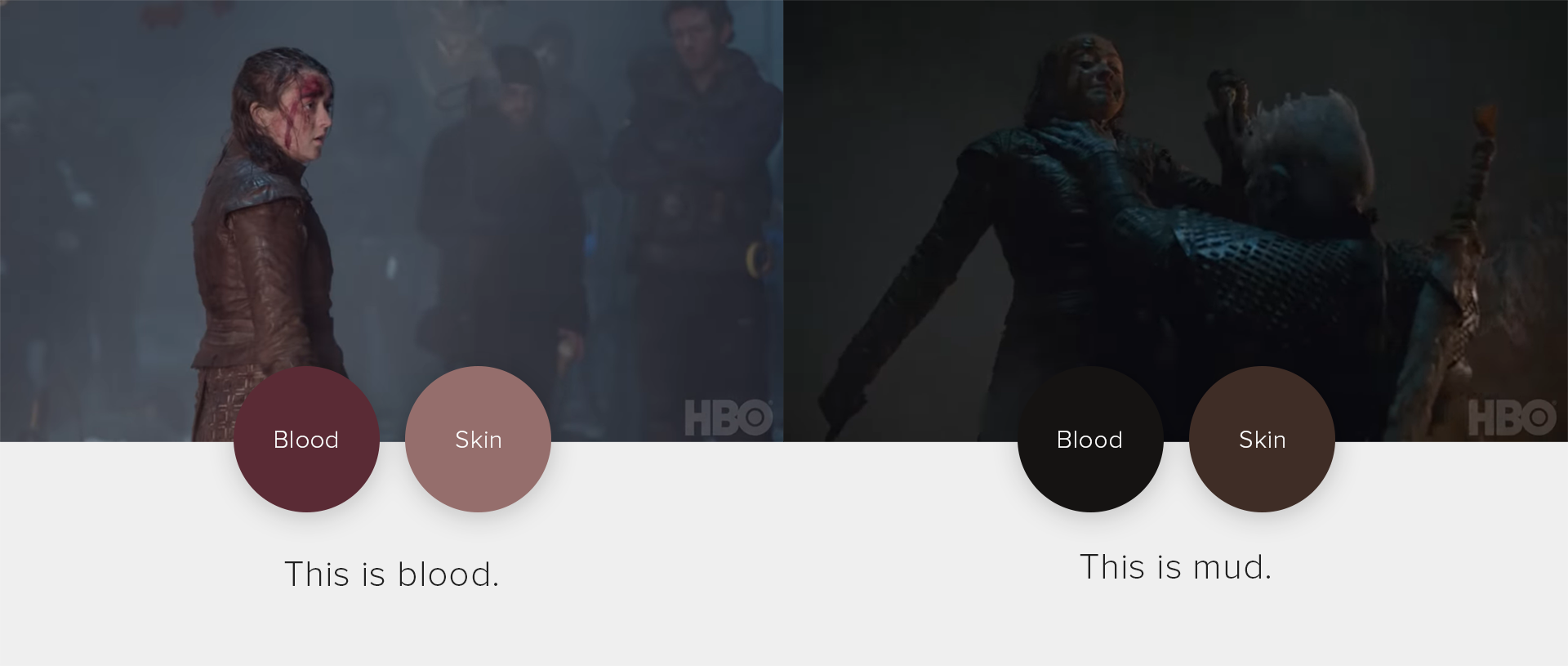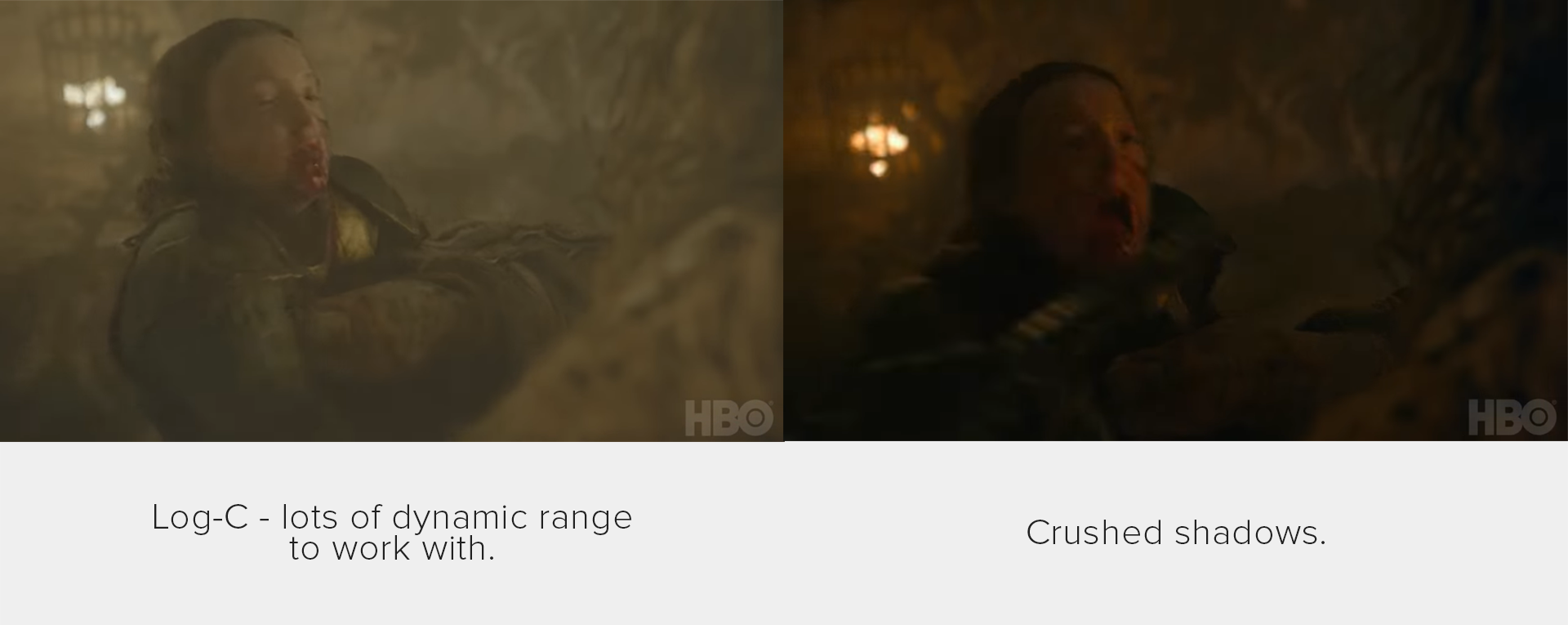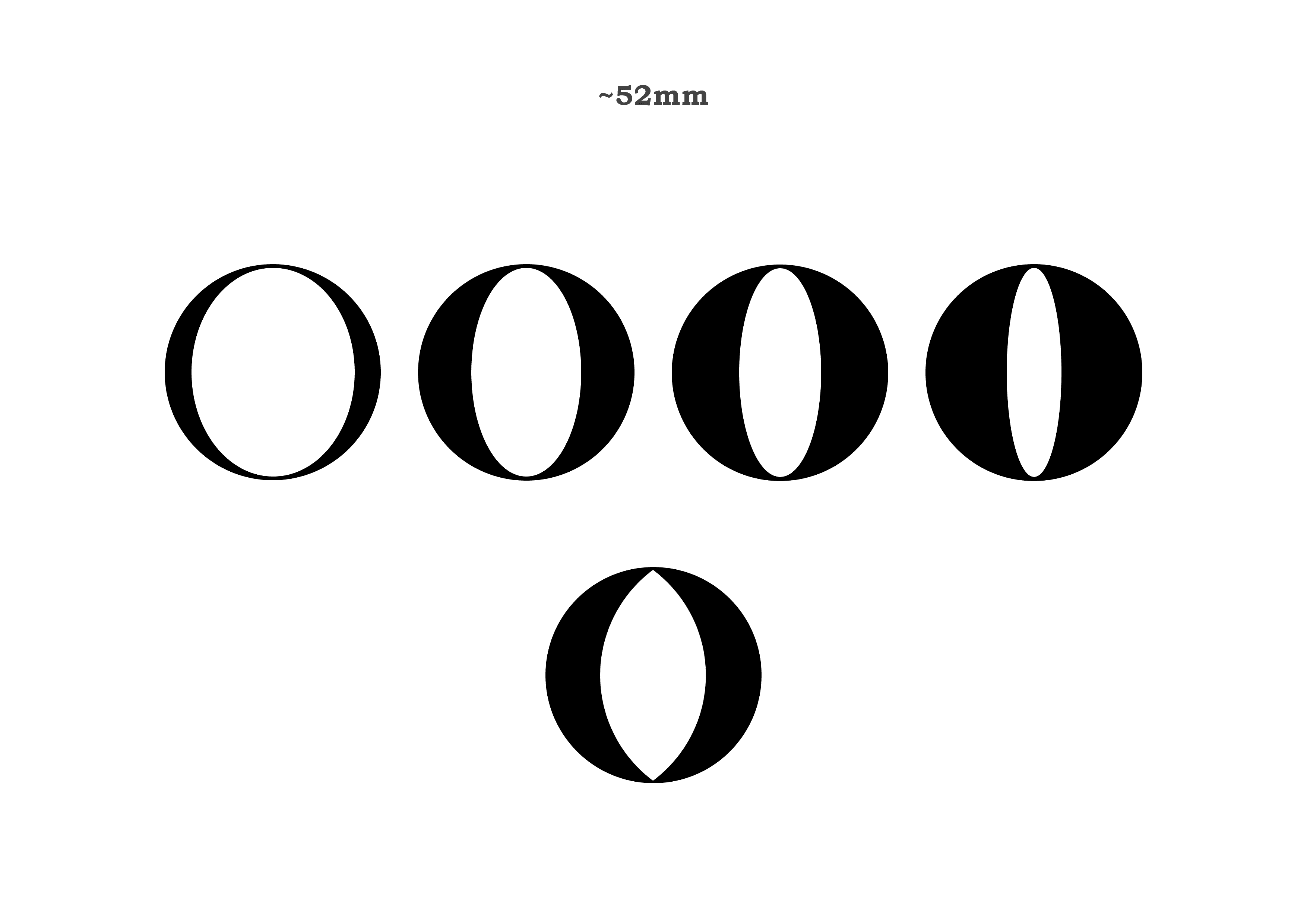Quote from: masc on May 23, 2019, 07:14:06 PM
The MB don't care at all. Lines of code, dependencies and coding interface cares... and this is more than huge from what I saw. (At least I didn't got how to handle it.)
Well, it's meant to be an all-in-one solution, I think. The only dependency would be Glib (only on windows?).
I don't think there is a simpler open implementation. I've found the OpenFX LensDistortion, works on Natron but, even though I'm not a programmer, I can notice it is more complex than lensfun.
Maybe leave this feature to another time.








